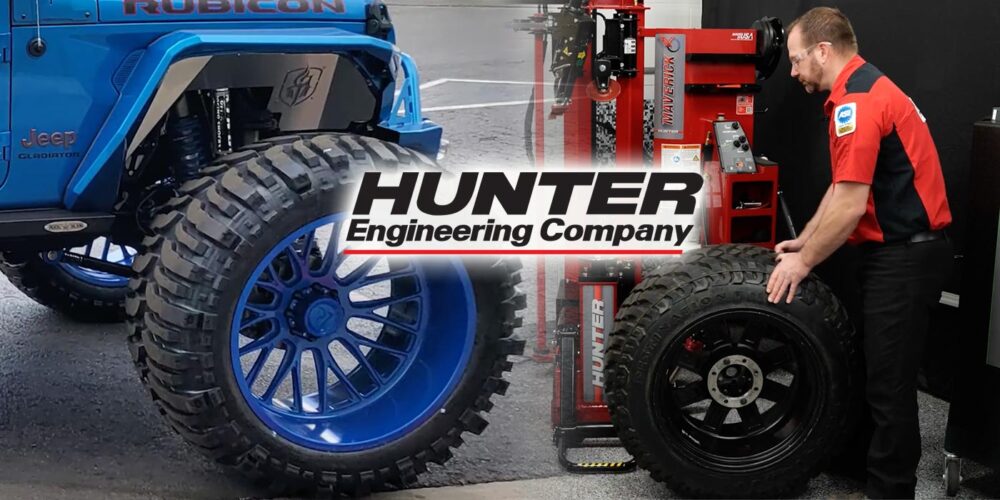Welcome to Rolling With The Numbers, where we present you with data that gives tire dealers information to keep their tire businesses rollin’, based on research conducted with our independent tire dealer audience and beyond.
This week, we’re taking a closer look at indicators in the automotive aftermarket that should help us to predict where the tire market is headed as we move ever closer to 2023.
Let’s start by talking just for a moment about the overall economy. Sources like Forbes are telling us that the global economy looks to be headed into a recession. In fact, Forbes indicates it’s stimulated by inflation-fighting efforts by central banks, the war between Russia and Ukraine and China’s prioritization of political control over economic growth.
Now, if we hone in on how the automotive aftermarket – and more specifically, tires – are expected to fare from all this, we see a blanket recession doesn’t necessarily indicate a poor tire market.
In fact, U.S. industrial production of tires had a 3.5-point climb in August from a month earlier, according to the Federal Reserve. It was also up 4.2% over the level of August 2021. Essentially, this reflects an increase in domestic tire production volume.
That’s a good thing, as it means that supply chains are working themselves out from historic bottlenecks, finally giving manufacturers an opportunity to supply tires for your inventory – but is the demand there? There are a few automotive indications that will help us find the answers.
One is the price of gasoline. The latest data from the U.S. Energy Information Administration shows that gasoline prices for the week ending with Sept. 26 increased by 1.6% over the previous week, however, it wasn’t enough to stop the four-week moving average of gas prices from continuing to fall, down to $3.71 a gallon. Yes, gas prices are still up 17% from this time last year, but the trend is a favorable one.
The second is the Truck Tonnage Index, which measures the gross tonnage of freight that is transported by motor carriers in the U.S. for a given month. This is significant, as commercial tires are a huge business, constantly being swapped out on long-haul trucks for handling and fuel economy purposes.
Now, the U.S. Department of Transportation and the American Trucking Association tell us that the Truck Tonnage Index was up sharply in June 2022, with a one-month gain of 2.9%, and a year-over-year change up 8%. These kinds of strong increases in trucking activity, of course, help to support future heavy-duty tire sales and service.
Third – and arguably the most important – is retail sales. The U.S. Census Bureau tells us that retail sales at auto parts, accessories and tire stores remained strong in July. Sales were up 0.3% from the month earlier, and if that doesn’t sound like much, keep in mind that this metric is at a slow crawl upward since the start of the pandemic – we’re up 11.1% compared to July 2021, here. As expected, ever since the pandemic-caused lockdown, sales have been considerably higher than the long-term growth rate.
So, is it safe to say the tire market is looking better than ever? Probably not. But, there’s something to be said for positive progress, which is what we have as we move into the new year.













